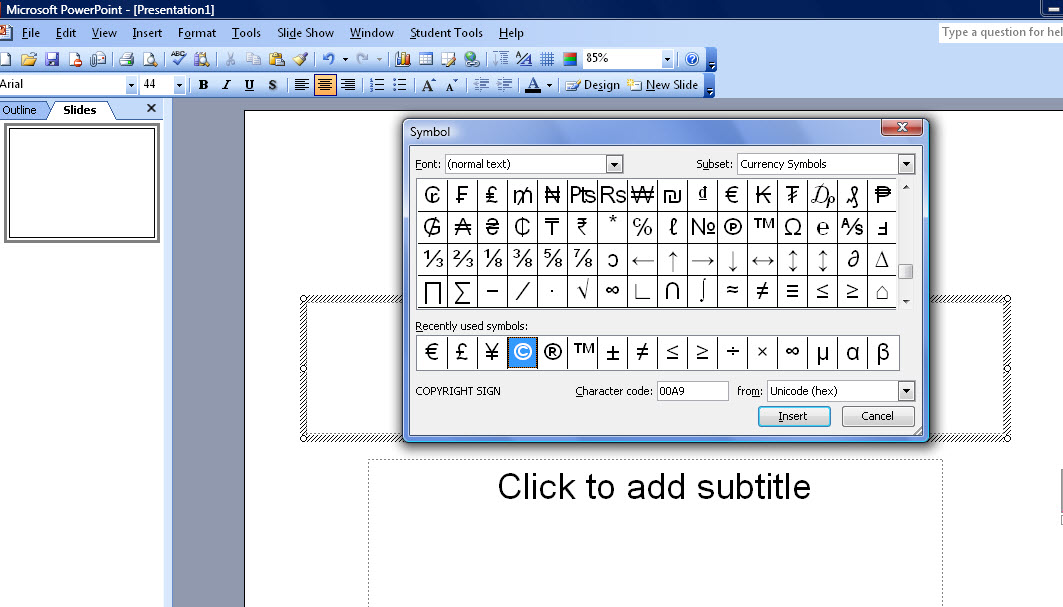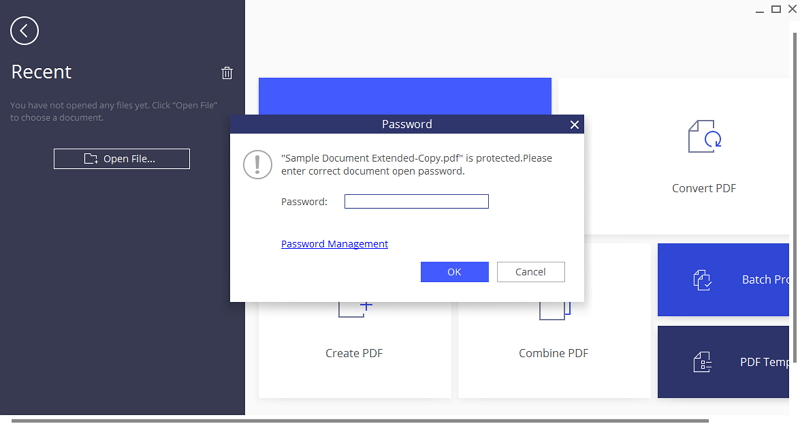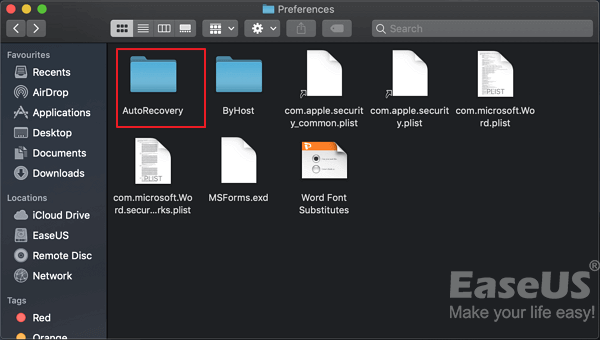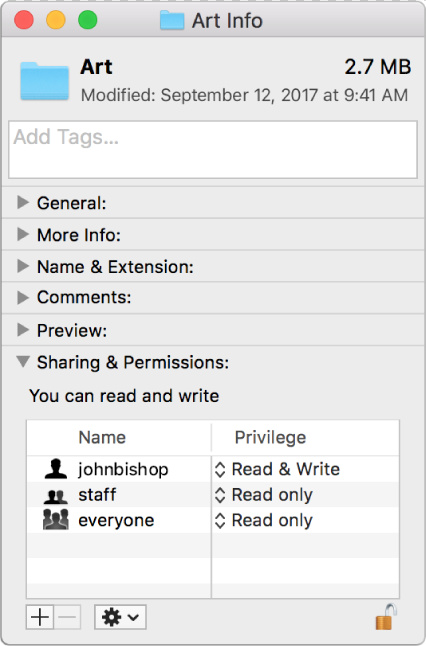
The document should open fine after that. Documents from the late 80s and early 90s may present you with the “Recover text” option only (you can scrape some recognizable words out, but all formatting and accents are lost) or only a blank screen. If you’re trying to open a Word doc, and it keeps saying you don’t have permission (even when you own the document), asking you to grant access to the document, and then still not giving you access then just quit out of Word completely, and then launch it up again. Unfortunately, this trick doesn’t help you with the oldest Word files. Use the options at the bottom to indicate whether you want Protected view (you can open the document but not edit or print it-safest from viruses) or to allow editing. Turn on the Open checkbox for each file type you’d like your copy of Word to be allowed to open.


You can also click on the File > Share from the. Step 2: Click 'Save As', and then tick 'Tool Button > General Options'. Step 2: When the document opens, click on the Share button at the top. Step 1: Open the Word document you want to unlock and then click on the 'Office' button. In Word for Windows 2010, 2013, or 2015, open the File menu and choose Options click Trust Center, then Trust Center Options. Step 1: Open the Google Docs document whose permission you want to change. (Out of the box, Word refuses to open document types that could contain viruses.) Here’s how to proceed. You’d think they’d feel some obligation to maintain its ability to open its own documents, no matter how old.Īs it turns out, Word can open many kinds of older Word documents-but only if you make a few changes. The Word situation is especially bizarre Microsoft is the curator of the world’s most common word-processing format.

That’s when our digital files become unopenable not because their storage media becomes obsolete, but because the software programs that created them are no longer available-or, in the case of Microsoft Word, can no longer open their own oldest documents. can’t be opened because you don’t have permission to see its contents.My Scientific American column this month concerned a sneaky problem that not many people are paying attention to: file-format rot.

When viewing the contents of a USB Restore drive, you may get an error that says:


 0 kommentar(er)
0 kommentar(er)
